PRINTING TECHNIQUES
HOME > RESOURCES
Learn about the various types of printing techniques Salvador Dali utilized in his art, including drypoint, engraving, etching, lithography, woodcut, and heliogravure.
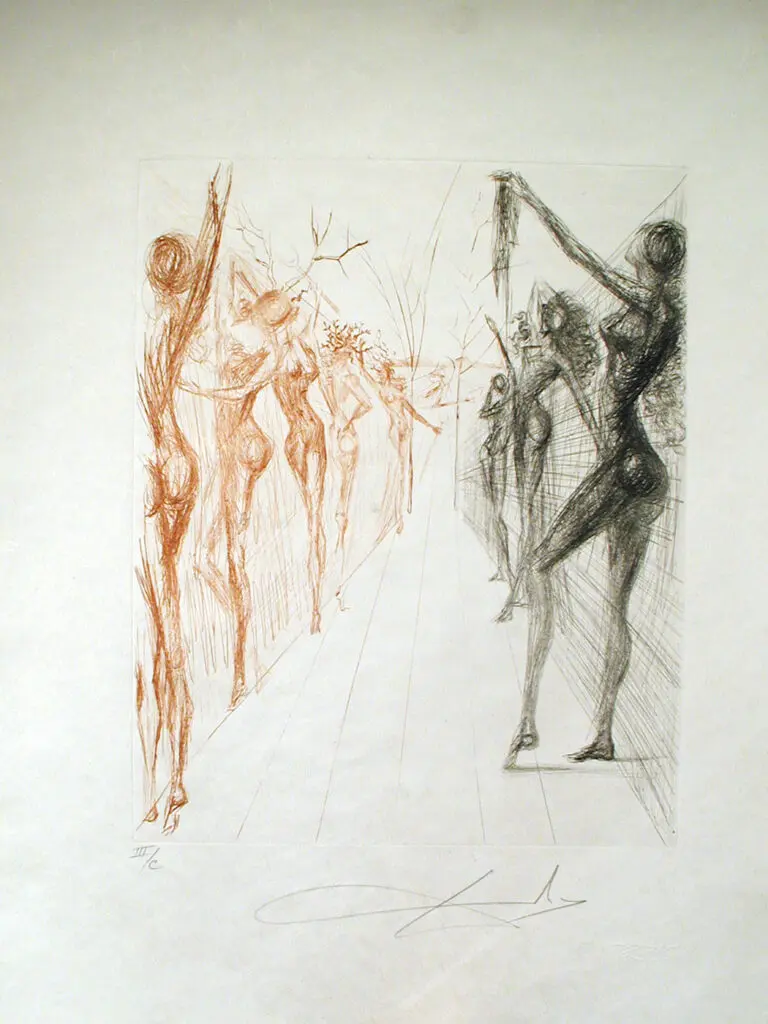
Drypoint
Drypoint is an intaglio printmaking technique where an artist uses a sharp, pointed tool to scratch a design directly into a metal plate, typically copper. The raised burrs formed on the plate’s surface during the scratching process hold the ink, creating a unique velvety line in the final print. Due to the fragile nature of the burrs, drypoint plates have a limited print run before the plate wears down and becomes too faint to produce high-quality prints.
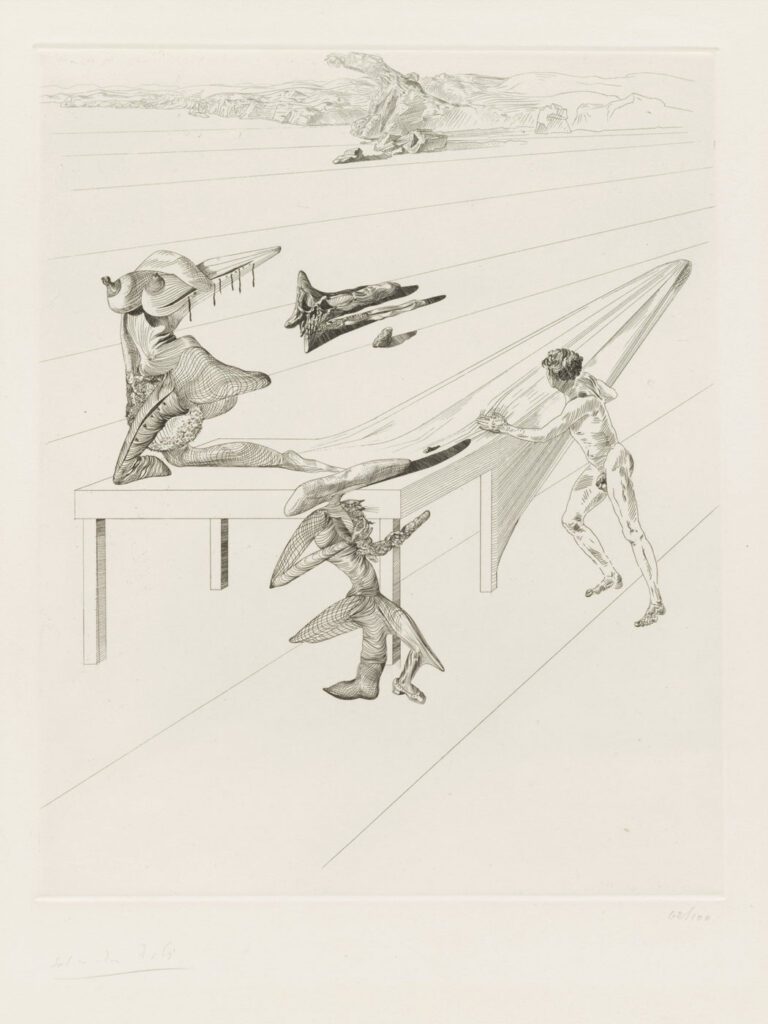
Engraving
Copperplate engraving involves incising a design onto a copper plate with a burin or graver. The artist uses a sharp tool to make precise cuts and lines on the plate’s surface, creating recessed areas that hold the ink. The tools used in this process have extremely sharp tips and produce only two types of marks, a line or a dot. The plate is then inked and wiped, leaving ink only in the engraved lines. The plate and a sheet of paper are run through a printing press, and the pressure of the press transfers the ink from the plate to the paper, creating a mirror image of the design.
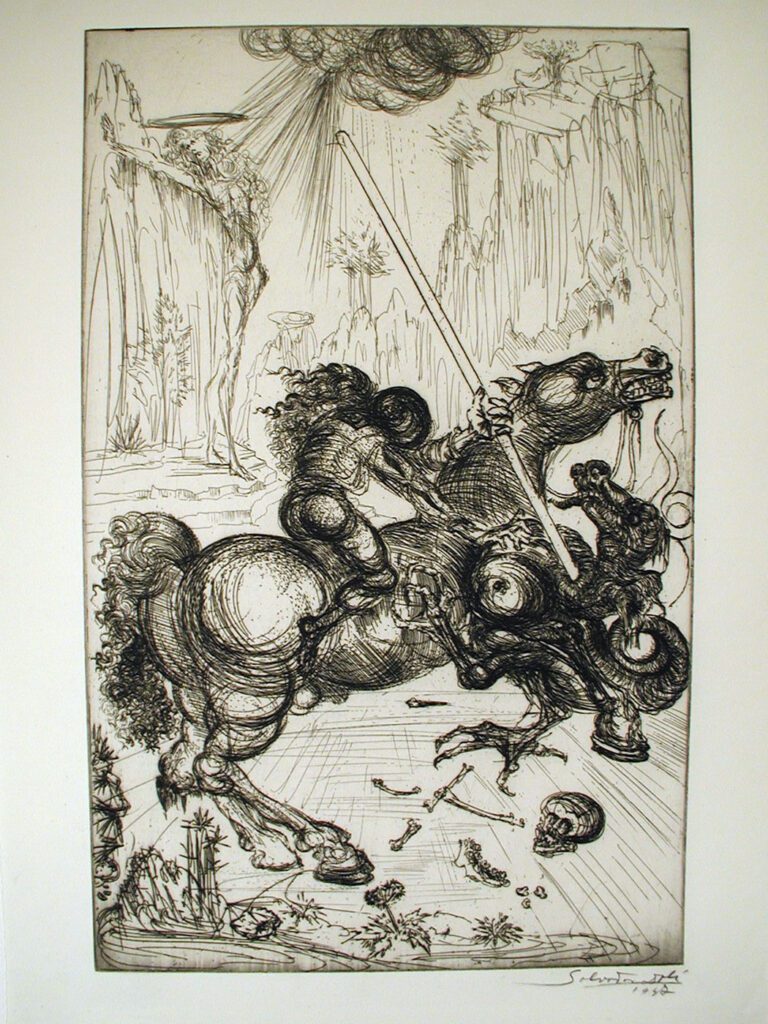
Etching
Utilizing this technique the artist uses a copperplate that has been coated with a ground of asphaltum and beeswax. A needle is then used to create lines directly in the asphaltum surface. The plate with its design is then submerged in a bath of nitric acid. The acid then bites into the areas of the plate that are not protected by the asphaltum surface. Unlike the process of engraving the softer surface area of an etching offers very little resistance to the artist’s needle.
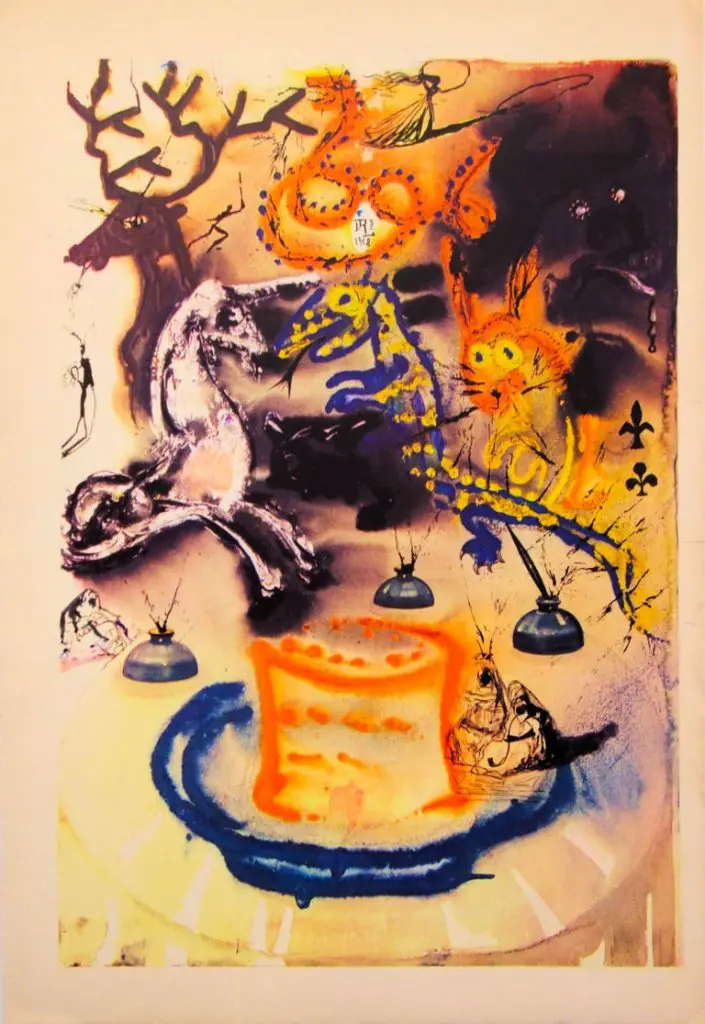
Heliogravure
A procedure by which printing plates are used to reproduce images through the use of light and etching techniques. The image is photographed and the negative is used as a mask through which light is focused on a metal plate coated with a light-sensitive emulsion. Wherever light strikes the plate, the emulsion hardens. The plate is then washed, and the water removes the emulsion that has not been hardened by the light. The plate is then submerged in an acid bath that bites away the bare portion of the plate. The remaining image stands “in relief”.
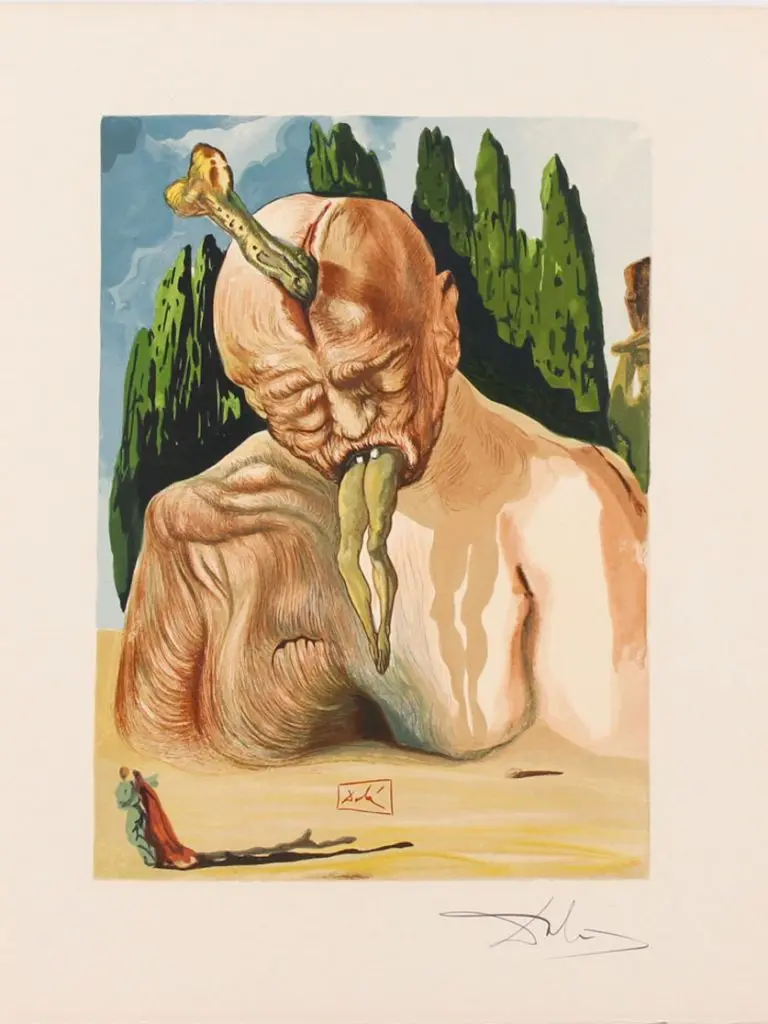
Woodcut
A process knownn as engraving, because engraving tools are used to cut away the unwanted portion of a wood block. The remaining lines in the surface area of this wood block stand “in relief.” Color is then applied to the remaining surface and paper is pressed against the relief.
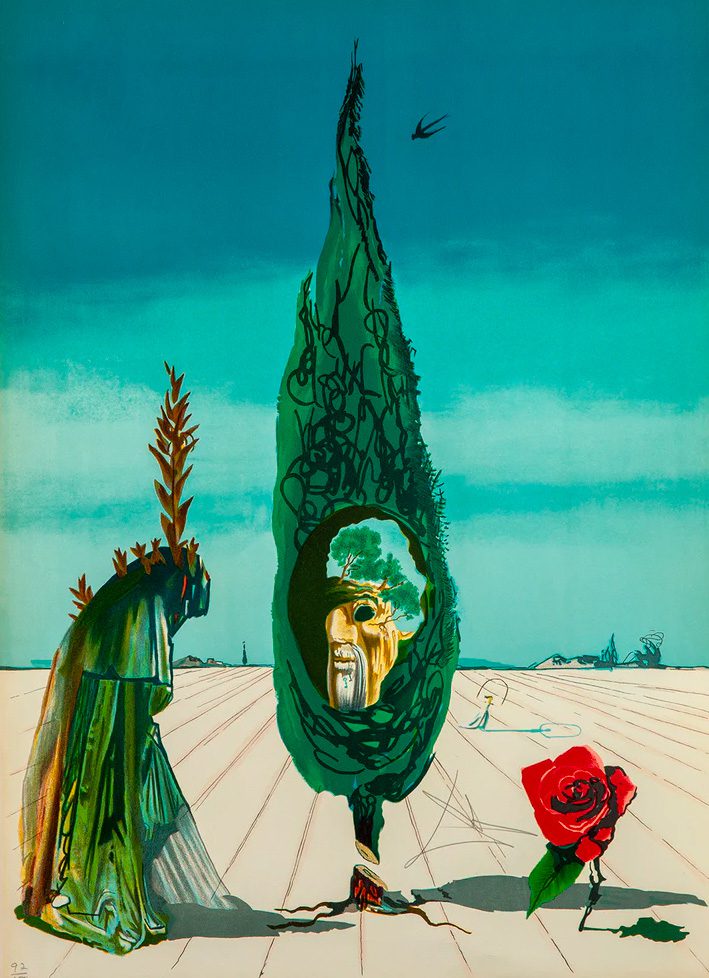
Lithograph
In this process the artist draws an image onto a stone, aluminum or zinc plate with a greasy crayon. Water is then applied and ink is spread over the surface. The ink stays on the greasy image but the remainder of the surface, covered in water, repels the ink. The paper is then placed on top of the plate and the image is absorbed.
